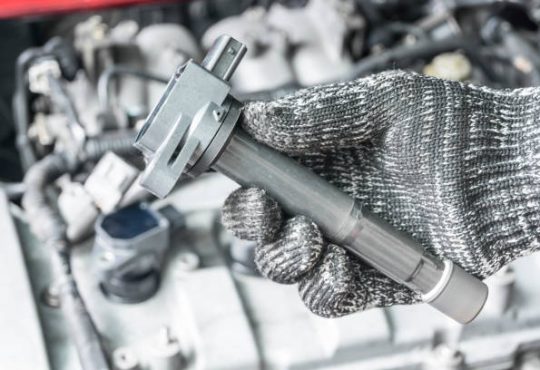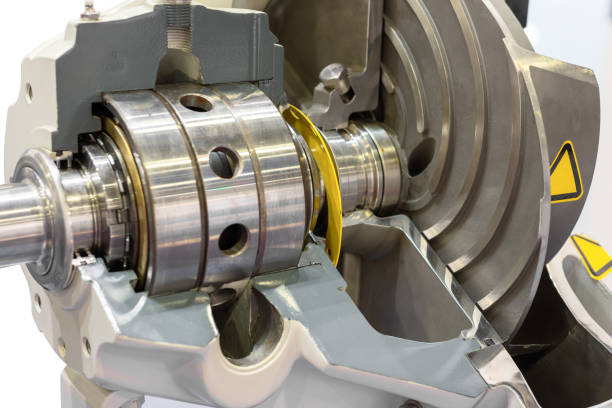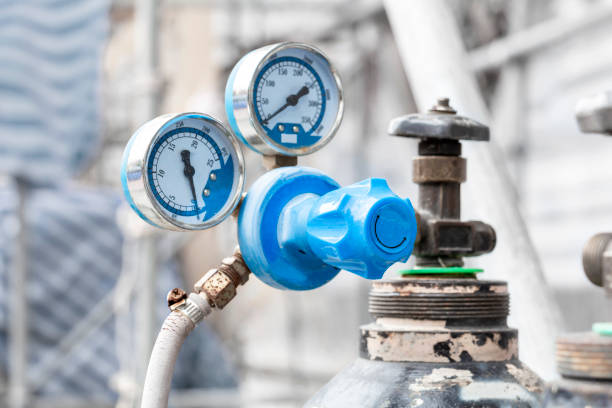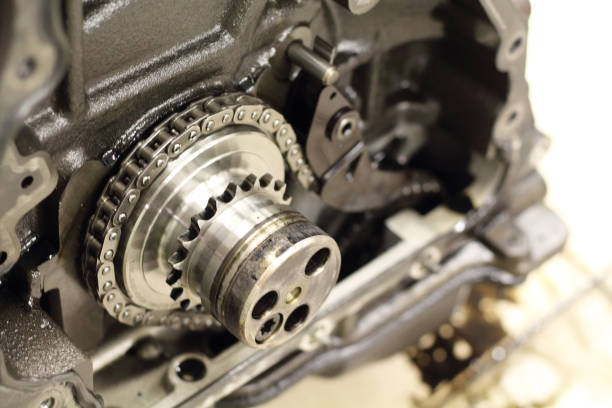
How to Remove Fuel Lines: A Step-by-Step Guide
Fuel lines are crucial components of your vehicle’s fuel system, responsible for carrying fuel from the tank to the engine. However, over time, these lines can wear out, develop leaks, or become clogged, necessitating their removal and replacement. If you’re a DIY enthusiast or just looking to save some money on mechanic fees, knowing how to remove fuel lines safely and efficiently can be incredibly beneficial. This guide will walk you through the process, ensuring you have the knowledge and confidence to tackle this task.
Understanding Fuel Lines
Before diving into the removal process, it’s essential to understand the different types of fuel lines and their functions. Fuel lines are typically made of metal, rubber, or a combination of both. They must withstand high pressure and corrosive fuel, which is why they are designed for durability. However, exposure to heat, vibration, and contaminants can cause them to deteriorate over time.
Tools and Materials You’ll Need
To remove fuel lines, you’ll need the following tools and materials:
- Safety gloves and goggles
- Jack and jack stands
- Fuel line disconnect tool (specific to your vehicle)
- Wrench set
- Screwdrivers (flathead and Phillips)
- Catch pan or container
- Shop towels or rags
- Replacement fuel lines (if necessary)
Safety First
Safety is paramount when working with fuel systems. Here are some safety tips to keep in mind:
- Work in a well-ventilated area: Fuel fumes are hazardous and can accumulate quickly in confined spaces.
- Wear protective gear: Safety gloves and goggles will protect your skin and eyes from fuel splashes.
- Disconnect the battery: This prevents any accidental sparks that could ignite fuel vapors.
- Relieve fuel system pressure: Fuel lines are pressurized, and releasing this pressure will prevent fuel spray.
Step-by-Step Guide to Removing Fuel Lines
1. Relieve Fuel System Pressure
Before you begin, relieve the fuel system pressure. Locate the fuel pump relay or fuse in your vehicle’s fuse box and remove it. Start the engine and let it run until it stalls. This will ensure that the remaining fuel pressure is relieved.
2. Lift the Vehicle
Use a jack to lift the vehicle and secure it on jack stands. Ensure the vehicle is stable before you start working underneath it.
3. Locate the Fuel Lines
Identify the fuel lines you need to remove. These lines run from the fuel tank to the engine and may be located along the chassis or under the hood.
4. Disconnect Fuel Lines
Use the fuel line disconnect tool to release the connectors. Insert the tool into the connector, push it in to release the locking mechanism, and then pull the fuel line apart. Have a catch pan ready to collect any fuel that may spill.
5. Remove Fasteners and Clamps
Use a wrench or screwdriver to remove any fasteners or clamps securing the fuel lines. Be careful not to damage any surrounding components.
6. Carefully Remove Fuel Lines
Gently pull the fuel lines away from their fittings. Take note of their routing if you plan to install new lines. It’s essential to handle the lines carefully to avoid bending or kinking them.
7. Inspect and Replace if Necessary
Once the fuel lines are removed, inspect them for signs of wear, cracks, or corrosion. If they are damaged, replace them with new lines. Ensure the new lines are compatible with your vehicle’s fuel system.
Tips for a Successful Fuel Line Removal
- Use the right tools: Fuel line disconnect tools come in various sizes. Ensure you have the correct tool for your vehicle.
- Label connections: If you’re removing multiple fuel lines, label the connections to avoid confusion during reinstallation.
- Check for leaks: After reinstalling the fuel lines, check for leaks by turning the ignition key to the “on” position (without starting the engine) and inspecting the connections.
Conclusion
Removing fuel lines may seem daunting, but with the right tools and safety precautions, it’s a manageable task for any DIY enthusiast. Whether you’re replacing old, worn-out lines or upgrading to high-performance ones, following this guide will help you do the job correctly and safely. Remember, always prioritize safety, and don’t hesitate to seek professional help if you’re unsure about any step in the process. Happy wrenching!
By following these steps, you can ensure your vehicle’s fuel system remains in top condition, contributing to the overall performance and longevity of your car. So, roll up your sleeves and get ready to tackle this rewarding automotive task.



